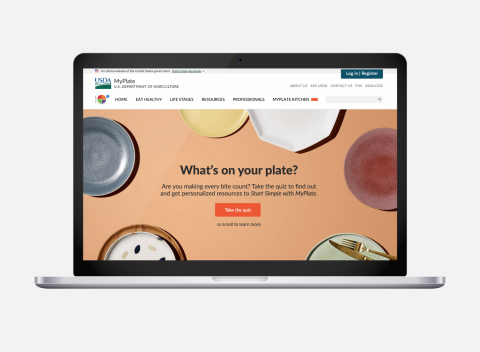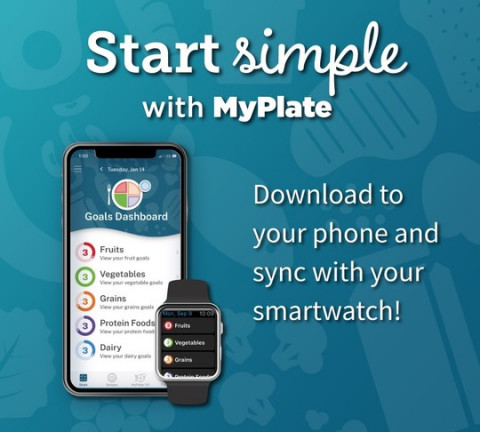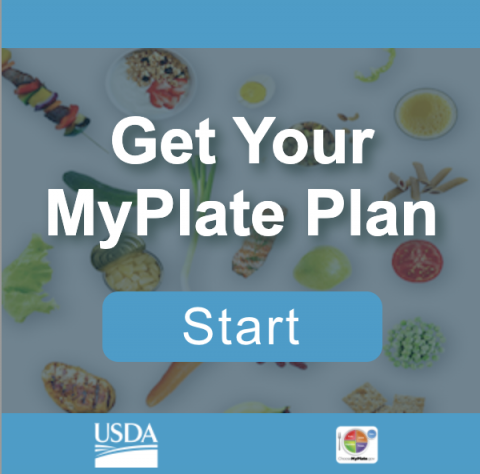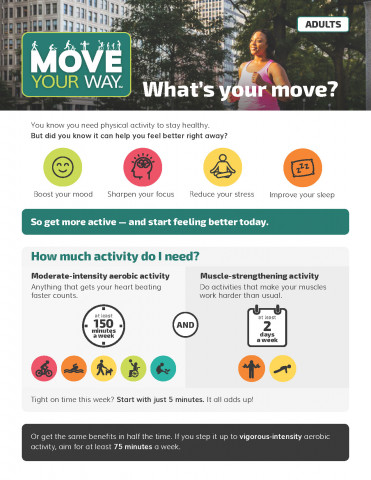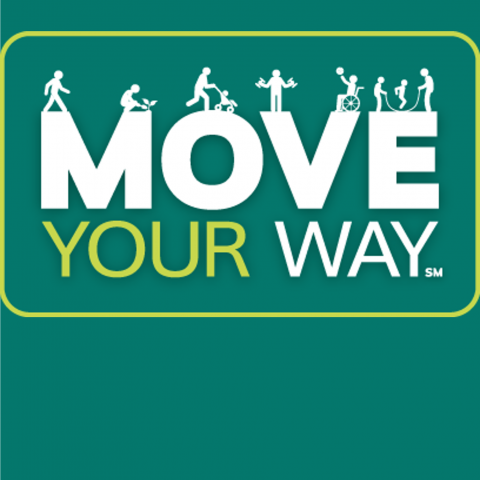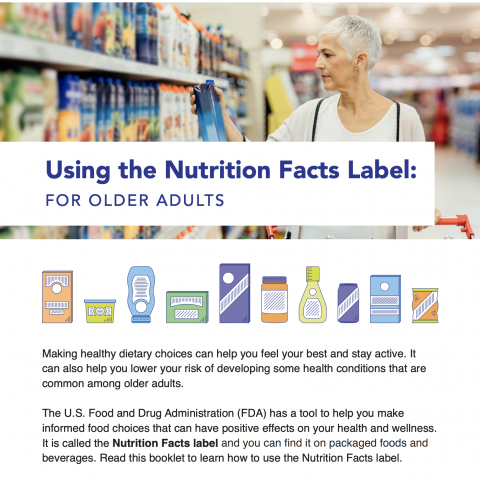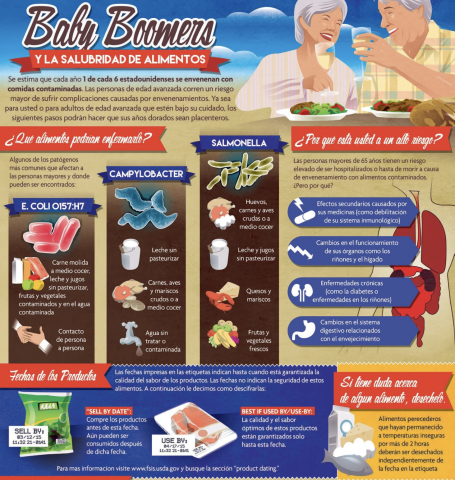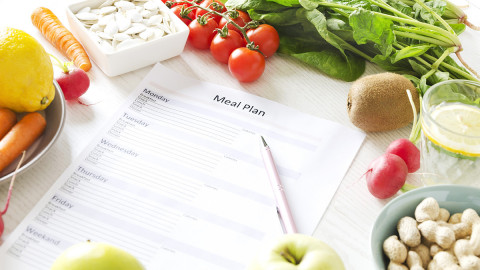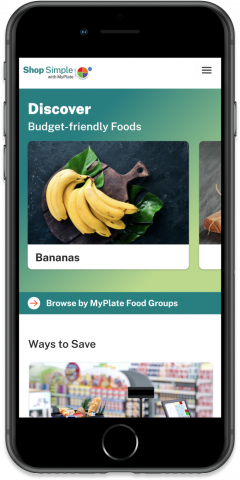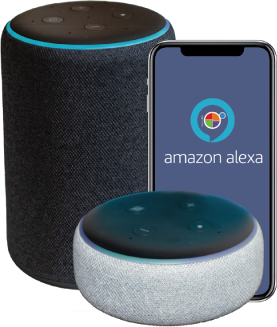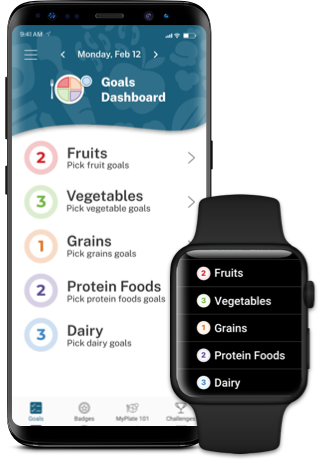Older Adults
Eating healthy has benefits that can help people ages 60 and up.
As we age, healthy eating can make a difference in our health, help to improve how we feel, and encourage a sense of well-being.

Unique Needs of People Ages 60+
- Enjoy a variety of foods from each food group to help reduce the risk of developing chronic diseases such as high blood pressure, diabetes, hypertension, and heart disease.
- Choose foods with little to no added sugar, saturated fats, and sodium.
- Get enough protein during your day to maintain muscle mass.
- Focus on the nutrients you need, including potassium, calcium, vitamin D, dietary fiber, and vitamin B12.
- With age, you may lose some of your sense of thirst. Drink water often. Low- or fat-free milk, including lactose-free options or fortified soy beverage and 100% juice can also help you stay hydrated. Limit beverages that have lots of added sugars or salt.
- Maintain a healthy weight or prevent additional weight gain by following a healthy dietary pattern and adopting an active lifestyle.
- Learn how much to eat from all five food groups and find out how many calories you need each day to help you maintain energy using the MyPlate Plan.
- Try to prevent foodborne illness (food poisoning) by keeping food safe. Learn more about the four steps to safer food choices—Clean, Separate, Cook, and Chill—at FoodSafety.gov.

Nutrition Tips for Ages 60+
Eating habits change throughout the life span. Learn how the foods and drinks choose each day help you meet daily nutrient needs, maintain a healthy body weight, and reduce the risk of chronic disease.
- Eat seafood, dairy or fortified soy alternatives, beans, peas, and lentils to help maintain muscle mass.
- Add fruits and vegetables to your meals and snacks. If slicing and chopping is a challenge, choose frozen, canned, or ready-to-eat options.
- Turn eating into a social event. Meals are more enjoyable when you eat with others. Invite friends to join you or take part in a potluck at least twice a week. Some community centers and places of worship offer meals that are shared with others. There are many ways to make mealtimes pleasing.
- The body’s ability to absorb vitamin B12 can decrease with age. Taking certain medicines can also lower absorption. Eating enough protein and fortified foods can help the body get the vitamin B12 it needs. Speak with your healthcare provider to learn if you should take supplements and what is right for you.
- If you use or are thinking about taking dietary supplements, talk about this with your healthcare provider to learn what is right for you. This includes nutrition supplement drinks, which can have added sugars. The My Dietary Supplement and Medicine Record can help you track your supplement and medicine use.
MyPlate Tips on Alexa
Get MyPlate nutrition information straight to your home on your Amazon Alexa smart speaker, or on your phone or tablet via the free Amazon Alexa app. For more information, visit our MyPlate Alexa page.
Below are some of the many tips available for older adults. And just like the MyPlate.gov website and MyPlate tools, all of the information provided by MyPlate on Alexa is based on the Dietary Guidelines for Americans, 2020-2025.
Resources

Healthy Eating on a Budget



